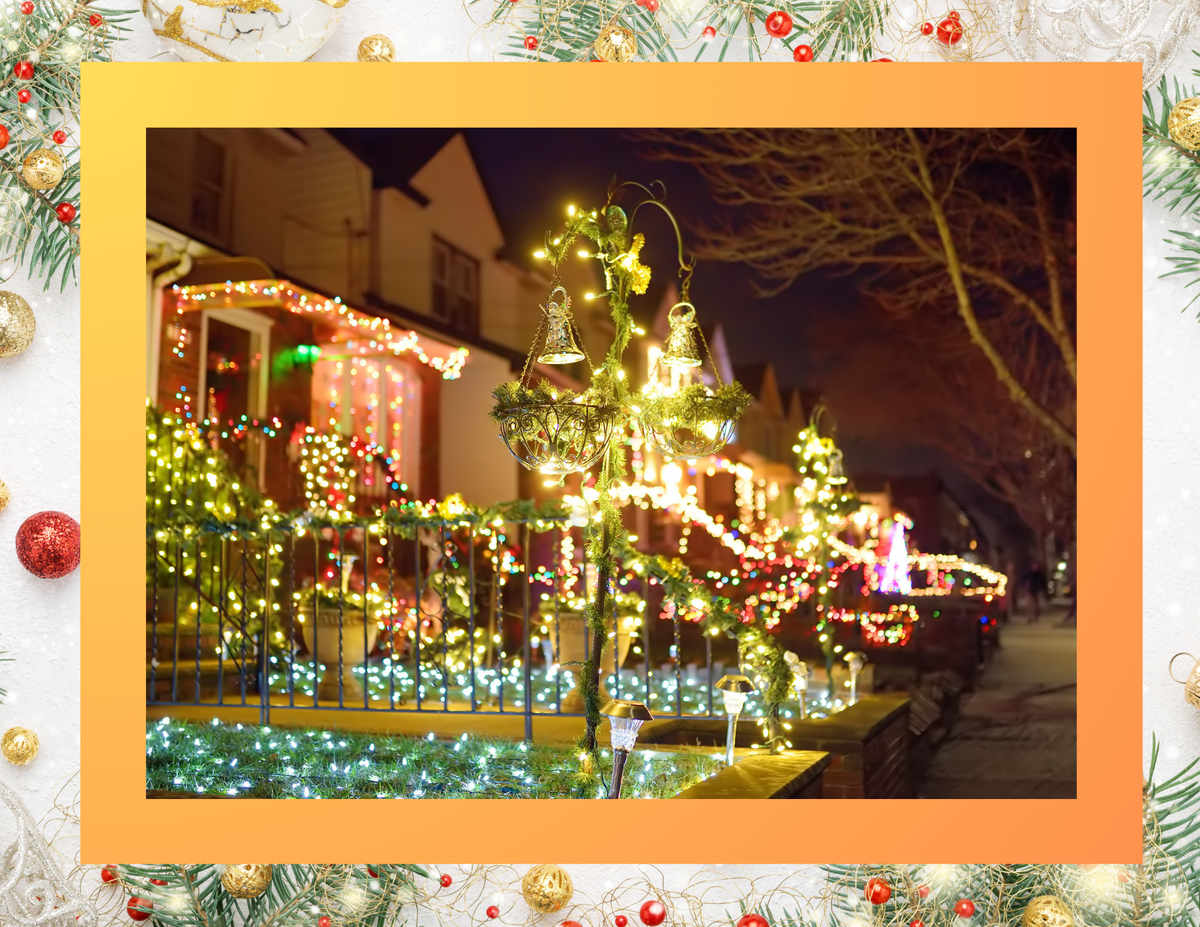Holiday decorations offer a festive way for associations to bring seasonal cheer and create a cozy, welcoming atmosphere in their communities. It has become important to recognize that community decorating has become complex, involving cultural sensitivity, timing, quantity, and quality. Before decorating community spaces, boards and residents should consider a few key guidelines.
Decorating Guidelines Decorations vary across communities, from modest lights to competitive displays between neighbors. Guidelines in association documents outline where decor is allowed, what type and size are acceptable, and how long it can stay up. Some associations are more restrictive to avoid clutter, specifying locations for decorations.
Timing also matters. Many associations limit holiday decorations to the period from Thanksgiving to shortly after New Year’s, echoing retail's early seasonal rollout. It is important to communicate the rules in your community especially if fines are involved.
Religious Considerations In diverse communities, not all residents celebrate the same holidays. To accommodate everyone, some experts recommend keeping themes neutral or allowing a range of decor options. The U.S. Supreme Court considers Christmas trees and menorahs displayed together to be secular symbols, allowing associations to include them as neutral elements. However, the type of community often determines decor approach: condominium associations usually keep decor neutral and minimal, while HOAs may permit homeowners more freedom in their displays.
Managing Disputes Even with clear rules, some residents may ignore guidelines or push boundaries with excessive displays. Associations generally have the authority to restrict religious symbols if they previously allowed only non-religious decor. Banning all decorations might seem like an easy fix, but it could be seen as infringing on residents' freedoms.
To foster community support, boards can survey residents on their decor preferences or establish a committee to create guidelines. This approach allows residents to express their preferences, reducing conflicts and enhancing satisfaction. A holiday committee can help decide on types of decorations, their locations, and timing.
If rules need updates, the board can make amendments, typically with board approval alone unless membership consent is required.
Holiday decorating in a community can be challenging due to diverse cultural and personal expectations, but with careful planning and inclusive guidelines, it can bring joy and unity to the neighborhood.
Happy Holidays!

